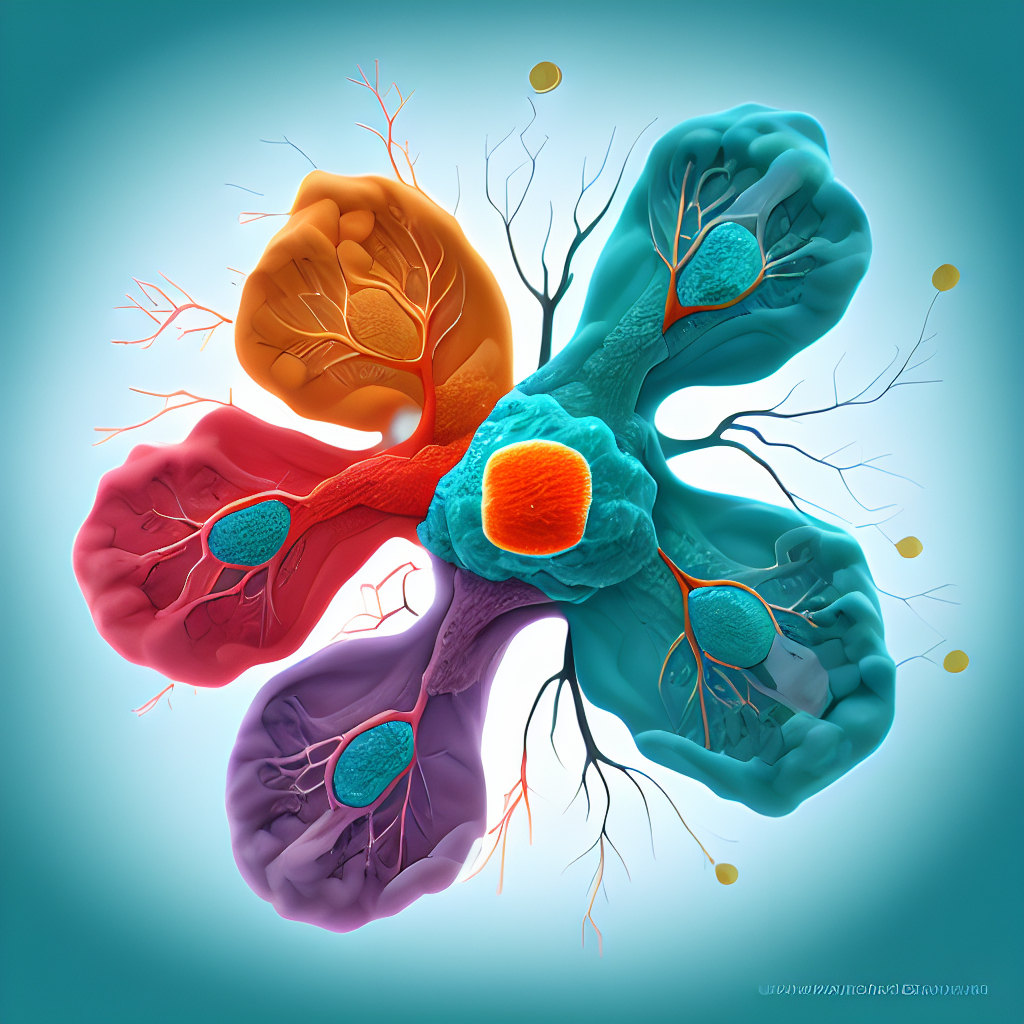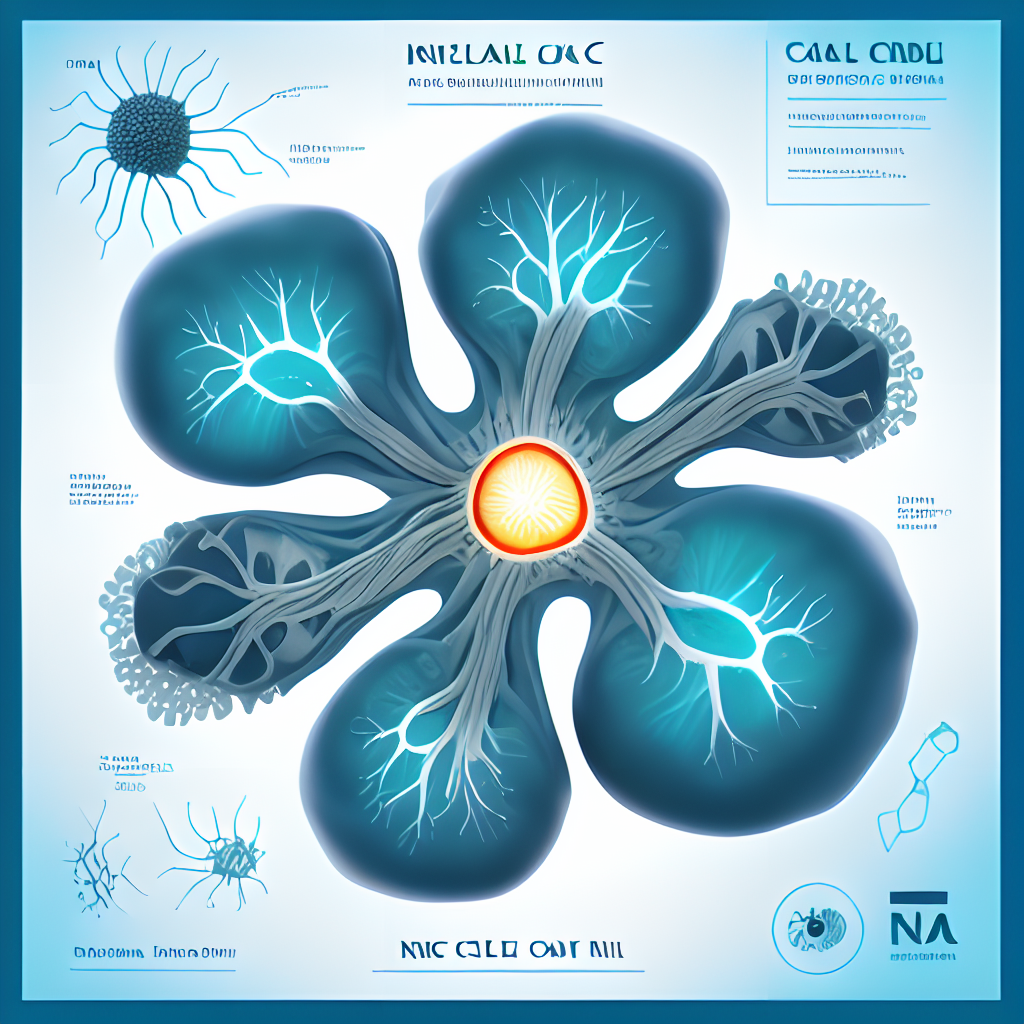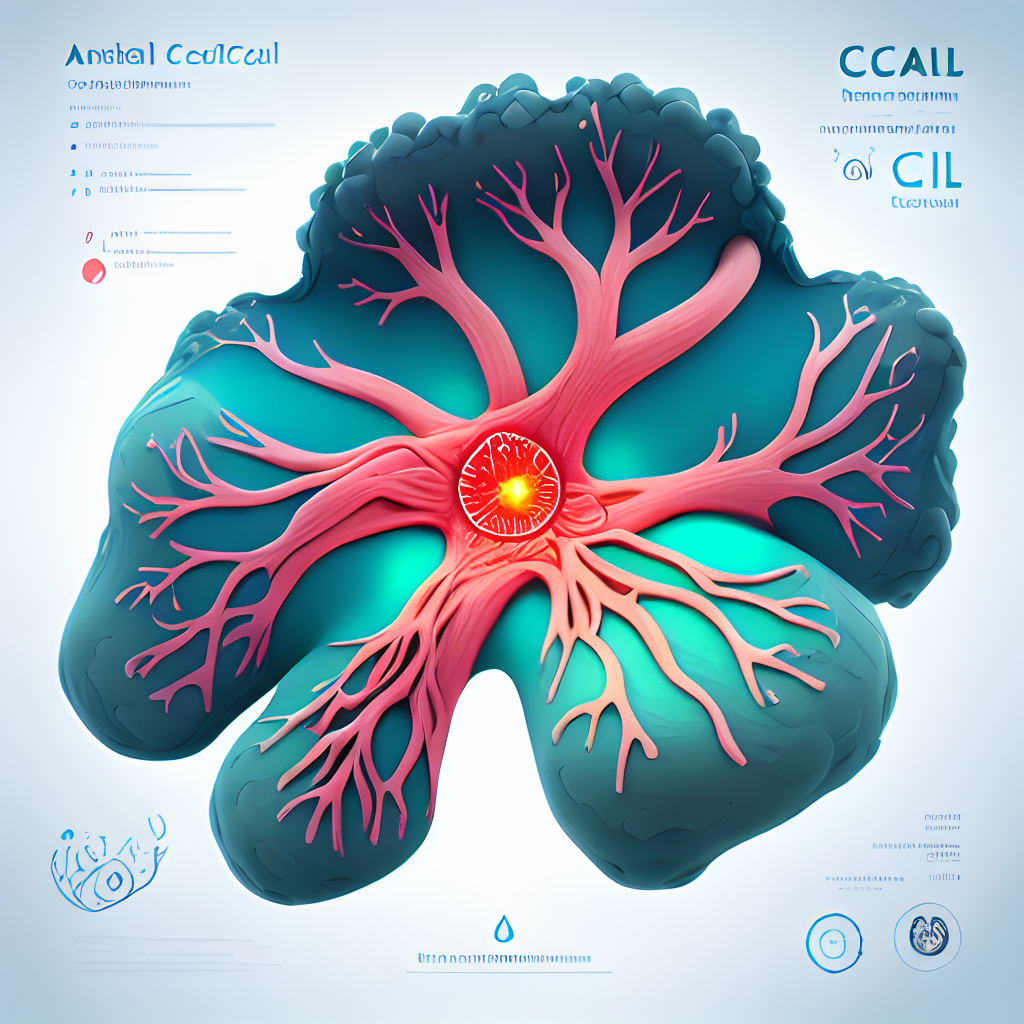What Are the Symptoms and Causes of Oral Cancer

Oral cancer affects thousands of people worldwide each year. In 2020, there were approximately 377,713 new cases globally, with Asia accounting for 65.8% of them. India alone reported 77,000 new cases annually, contributing to nearly one-fourth of global deaths. You should pay attention to persistent sores, unusual growths, or pain in your mouth, as these could be early signs. Early detection significantly improves survival rates, with localized cases showing a 5-year survival rate of up to 94% for lip cancer. Recognizing symptoms early can save lives.
Key Takeaways
Look for early signs like mouth sores or odd patches. Finding these early can save lives.
Visit your dentist often to spot oral cancer signs. Dentists can find problems before they get worse.
Live healthier by stopping tobacco and drinking less alcohol. These habits lower your chance of getting oral cancer.
Protect your lips with sunscreen or SPF lip balm. This helps stop lip cancer caused by the sun.
Learn about HPV and think about getting vaccinated. It can cut down your risk of HPV-related oral cancers.
Symptoms of Oral Cancer

Early Symptoms
Early signs of oral cancer often appear subtle but should not be ignored. You might notice:
Red, white, or mixed red and white patches (erythroplakia or leukoplakia) inside your mouth.
Unexplained pain or tenderness in your mouth or throat that lingers.
These symptoms can resemble other oral health issues, but their persistence sets them apart. For example, ulcers that fail to heal or patches that don’t fade over time may indicate something more serious. Swollen lymph nodes in your neck could also accompany these early signs.
Advanced Symptoms
As oral cancer progresses, symptoms become more severe and can interfere with daily activities. You may experience:
Difficulty chewing, swallowing, or speaking due to pain or swelling.
Numbness in your tongue or other areas of your mouth, which may affect your ability to taste or feel textures.
Swelling or lumps in your mouth, jaw, or neck that grow rapidly.
These symptoms can significantly impact your quality of life. For instance, tumors in the tongue or throat may lead to slurred speech or hoarseness, making communication challenging. Eating might also become painful, leading to weight loss and nutritional deficiencies.
Other Symptoms
Some additional signs of oral cancer include:
Chronic bad breath that doesn’t improve with good oral hygiene.
Loose teeth without an obvious cause, such as gum disease.
Changes in your voice or persistent hoarseness that doesn’t resolve.
These symptoms, though less common, can still signal the presence of oral cancer. For example, dentures that suddenly stop fitting properly or swelling in the jaw may indicate underlying issues. Paying attention to these changes can help you seek medical advice promptly.
Note: If you notice any of these symptoms lasting more than two weeks, consult a healthcare professional. Early detection plays a crucial role in improving outcomes.
Causes of Oral Cancer

Lifestyle Factors
Tobacco use (smoking or chewing)
Tobacco use ranks as one of the leading causes of oral cancer. Smoking cigarettes, cigars, or pipes exposes your mouth to harmful chemicals that damage cells and increase cancer risk. Chewing tobacco is even more dangerous, as it directly contacts the tissues in your mouth. Globally, tobacco use accounts for 25% of oral cancer cases. If you use tobacco, quitting can significantly reduce your risk.
Excessive alcohol consumption
Drinking alcohol excessively also raises your chances of developing oral cancer. Alcohol irritates the lining of your mouth, making it more vulnerable to carcinogens. Studies show that alcohol consumption contributes to 7-19% of oral cancer cases. Combining alcohol with tobacco use amplifies the risk even further. Moderating your alcohol intake can help protect your oral health.
Poor oral hygiene
Neglecting oral hygiene can create an environment where harmful bacteria thrive. Chronic infections or inflammation in your mouth may increase the likelihood of cancerous changes. Maintaining good oral hygiene, such as brushing and flossing daily, is a simple yet effective way to lower your risk.
Genetic and Biological Factors
Family history of cancer
Your family history plays a significant role in your risk of oral cancer. If one of your siblings has had cancer, your chances of developing oral squamous cell carcinoma (OSCC) increase by 1.6 times. This highlights the importance of being vigilant about your oral health if cancer runs in your family.
Genetic mutations or predispositions
Certain genetic mutations can make you more susceptible to oral cancer. These mutations may affect how your body repairs damaged DNA or fights off abnormal cell growth. If you have a genetic predisposition, regular screenings can help detect issues early.
Environmental Influences
Prolonged exposure to UV light (lip cancer)
Spending long hours in the sun without protection can harm your lips. Ultraviolet (UV) light damages the delicate skin on your lips, increasing the risk of lip cancer. Many people are unaware of this risk, so using sunscreen or lip balm with SPF is crucial for prevention.
Human papillomavirus (HPV) infection
HPV, a common virus, is linked to several cancers, including oral cancer. Certain strains of HPV can infect the mouth and throat, leading to abnormal cell growth. Vaccination against HPV can reduce your risk significantly.
Exposure to carcinogens or harmful chemicals
Working in environments with carcinogens, such as asbestos or certain industrial chemicals, can increase your risk of oral cancer. Wearing protective gear and following safety guidelines can help minimize exposure.
Tip: Adopting a healthy lifestyle and protecting yourself from environmental risks can go a long way in preventing oral cancer.
When to Seek Medical Attention
Persistent Symptoms
Symptoms lasting more than two weeks
You should never ignore symptoms that persist for more than two weeks. Persistent sores, ulcers, or patches in your mouth may indicate a serious issue, including oral cancer. Early medical attention can help identify the cause and improve outcomes.
Unexplained pain or discomfort
Unexplained pain or discomfort in your mouth or throat should prompt you to consult a healthcare professional. Pain that lingers without a clear reason could signal an underlying problem. Addressing these symptoms early can prevent complications.
Sudden or Severe Changes
Rapid growth of lumps or swelling
If you notice lumps or swelling in your mouth, jaw, or neck that grow quickly, seek medical advice immediately. Delaying medical attention can lead to severe consequences:
Late-stage diagnosis often results in a poorer prognosis and reduced survival rates.
Advanced cases may require aggressive treatments like surgery or radiation, which can cause side effects that impact your ability to eat, speak, or breathe.
Difficulty breathing or swallowing
Difficulty breathing or swallowing is a red flag that requires urgent evaluation. These symptoms may indicate advanced oral cancer or other serious conditions. Prompt action can make a significant difference in your treatment options and recovery.
Routine Checkups
Importance of regular dental visits
Routine dental checkups play a vital role in detecting oral cancer early. For individuals without significant risk factors, annual screenings during dental visits are recommended. If you have higher risks, your dentist may suggest more frequent screenings.
Screening for oral cancer during dental exams
During an oral cancer screening, your dentist performs a thorough examination to identify any abnormalities. This process includes:
A visual inspection of your gums, tongue, and soft tissues for color changes, lumps, or sores.
A physical examination of your head, cheeks, and jaw to detect unusual masses.
Advanced tools like the VELscope to identify precancerous cells.
These screenings are quick and non-invasive, making them an essential part of your oral health routine.
Tip: Regular dental visits and early screenings can help detect oral cancer before it progresses, improving your chances of successful treatment.
Prevention and Reducing Risk Factors
Lifestyle Changes
Quit smoking and avoid tobacco products
Tobacco use is one of the leading causes of oral cancer, contributing to 25% of cases worldwide. Smoking or chewing tobacco exposes your mouth to harmful chemicals that damage cells and increase cancer risk. Betel quid chewing, common in certain regions, is linked to over 50% of oral cancers in high-prevalence areas. Quitting tobacco products can significantly lower your risk. If you find it challenging to quit, consider seeking support from cessation programs or healthcare professionals.
Limit alcohol consumption
Excessive alcohol consumption irritates the lining of your mouth, making it more vulnerable to carcinogens. Alcohol contributes to 7-19% of oral cancer cases globally. Combining alcohol with tobacco use amplifies the risk even further. Reducing your alcohol intake or avoiding it altogether can protect your oral health. Opt for healthier beverage choices to minimize exposure to this risk factor.
Maintain good oral hygiene
Poor oral hygiene creates an environment where harmful bacteria thrive, increasing the likelihood of chronic infections and inflammation. These conditions may lead to cancerous changes in your mouth. Brushing and flossing daily, along with regular dental cleanings, can help maintain a healthy oral environment. A balanced diet rich in vitamins and minerals also supports oral health, reducing the risk of micronutrient deficiencies linked to 10-15% of oral cancer cases.
Protective Measures
Use sunscreen or lip balm with SPF for lip protection
Prolonged exposure to ultraviolet (UV) light damages the delicate skin on your lips, increasing the risk of lip cancer. Many people are unaware of this risk, focusing more on skin protection than lip care. Studies show that individuals who use sunscreen are more likely to use UV lip protection. Women are also more likely to adopt this habit compared to men. To protect your lips, apply a lip balm with SPF before heading outdoors, especially during peak sunlight hours.
Finding | Description |
|---|---|
UVL Awareness | Beachgoers recognize UVL as a risk factor for skin damage but less so for lip cancer. |
Lip Protection Use | Individuals using sunscreen are more likely to use UV lip protection (p = .0002). |
Gender Differences | Women are more likely to use UV lip protection than men (p = .0008). |
Tobacco Use | Tobacco users are less likely to use lip protection compared to non-tobacco users (p = .03). |
Get vaccinated against HPV
The human papillomavirus (HPV) is a significant risk factor for oral cancer. Vaccination against HPV can reduce your risk of oral HPV infections, which are linked to certain types of oral cancers. Research shows that vaccinated individuals have an 80% lower risk of oral HPV16 infection. In vaccinated men, oral HPV infections are almost nonexistent compared to unvaccinated individuals. Speak with your healthcare provider about the HPV vaccine to protect yourself from this preventable risk.
Study Type | Findings | Risk Reduction |
|---|---|---|
Meta-analysis | 80% lower risk of oral HPV16 infection in vaccinated individuals | Risk ratio 0.20 (95% CI 0.09–0.43) |
Cross-sectional | 0% oral HPV infections in vaccinated men vs 2.13% in unvaccinated | P=0.007 |
Systematic review | Significant decrease in oral HPV-positivity in vaccinated individuals | Multiple studies included |
Regular Health Monitoring
Schedule regular dental checkups
Routine dental visits play a critical role in preventing oral cancer. Dentists can identify early signs of cancer through visual and tactile examinations. High-risk areas, such as the floor of the mouth and the sides of the tongue, are carefully inspected during these checkups. Advanced screening techniques, like autofluorescence imaging, further enhance early detection. Regular dental exams ensure that any abnormalities are addressed promptly, improving your chances of successful treatment.
Self-examine your mouth for unusual changes
Performing monthly self-examinations can help you detect early signs of oral cancer. Look for persistent sores, unusual patches, or lumps in your mouth. Early detection can save your life, with survival rates reaching 80–90% when oral cancer is caught early. Experts emphasize that self-exams allow you to identify changes that may require medical attention. Make this a part of your routine to stay proactive about your oral health.
Tip: Combine self-examinations with regular dental visits for the best chance of catching oral cancer early.
Oral cancer is a serious condition, but you can take steps to prevent it and improve outcomes through early detection. Consider these key takeaways:
Early detection improves survival rates and treatment success.
Regular dental checkups help identify warning signs.
Public awareness about risk factors and screening is essential.
A healthy diet with adequate micronutrients may lower your risk.
By staying vigilant and proactive, you can protect your oral health and reduce the risks associated with oral cancer.
FAQ
What are the early warning signs of oral cancer?
Early signs include persistent mouth sores, red or white patches, and unexplained pain. You might also notice swelling or lumps that don’t go away. If these symptoms last more than two weeks, consult a healthcare professional.
Can oral cancer affect non-smokers?
Yes, non-smokers can develop oral cancer. Risk factors include HPV infection, prolonged sun exposure, and genetic predisposition. Maintaining good oral hygiene and regular dental checkups can help detect issues early.
How can I reduce my risk of oral cancer?
You can lower your risk by avoiding tobacco, limiting alcohol, and using sunscreen or SPF lip balm. Vaccination against HPV and regular dental checkups also play a crucial role in prevention.
Is oral cancer treatable if detected early?
Yes, early detection significantly improves treatment success. Localized oral cancer has a high survival rate. Regular screenings and prompt medical attention for unusual symptoms can make a big difference.
How often should I get screened for oral cancer?
You should include oral cancer screenings in your routine dental visits. For most people, annual checkups are sufficient. If you have higher risks, your dentist may recommend more frequent screenings.
Tip: Stay proactive about your oral health by combining self-exams with regular dental visits.
See Also
Identifying Symptoms and Causes of Head and Neck Cancer
Exploring Symptoms and Causes Associated with Colon Cancer
Key Symptoms and Causes Linked to Gastric Cancer
